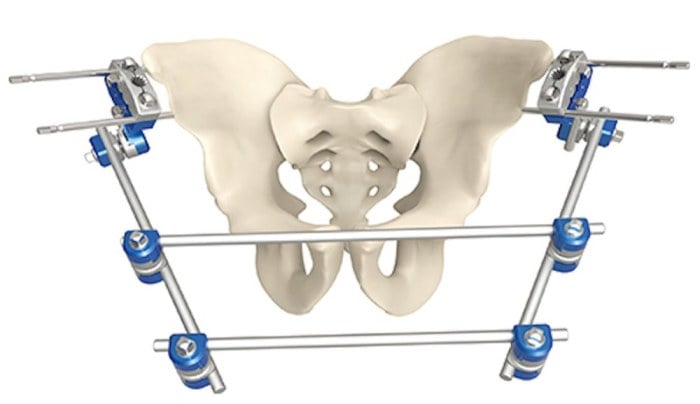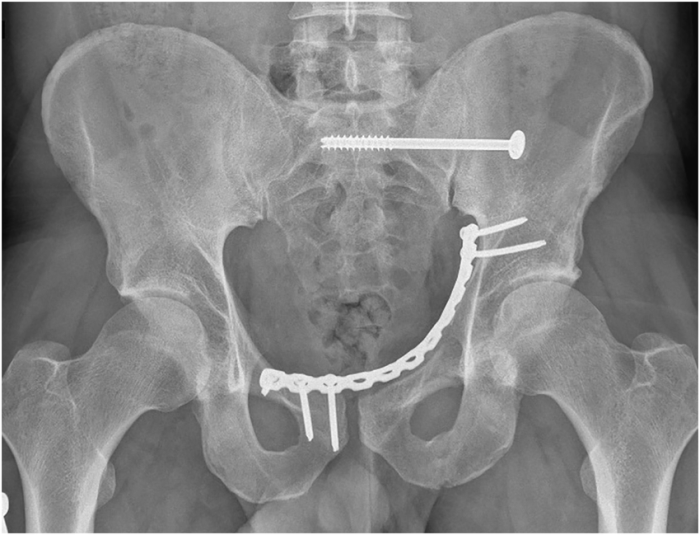- Community
-
Programs
- Schools
-
Careers
- RN Specialties
- Best RN Jobs and Salaries
- Aesthetic Nurse
- Nursing Informatics
- Nurse Case Manager
- NICU Nurse
- Forensic Nurse
- Labor and Delivery Nurse
- Psychiatric Nurse
- Pediatric Nurse
- Travel Nurse
- Telemetry Nurse
- Dermatology Nurse
- Nurse Practitioner
- Best NP Jobs and Salaries
- Family NP (FNP)
- Pediatric NP
- Neonatal NP
- Oncology NP
- Acute Care NP
- Aesthetic NP
- Women's Health NP
- Adult-Gerontology NP
- Orthopedic NP
- Emergency NP
- Psychiatric-Mental Health NP (PMHNP)
- APRN
- Nurse Educator
- Nurse Administrator
- Certified Nurse Midwife (CNM)
- Clinical Nurse Specialist (CNS)
- Certified Registered Nurse Anesthetist (CRNA)
- Resources
- Education



dumbquestion
4 Posts
Please excuse the strange question from a non-medical person who slipped in here.. I'm putting this in humour because I hope this is at least kinda funny!
I'm working on a story where a character has a pelvic fracture, and no, it's not one of those weird medical fetish things, I promise! But I need to mention him getting a pelvic binder (which he gets prehospital) and a foley catheter. My research says that combination makes sense? It'll likely be in dialogue of a Dr ordering it and then it's just implied that this works out, or otherwise a short mention- so I don't need to describe the details. I could hand-wave it away entirely, not mention it at all. But now it's like this annoying brain gremlin I can't shake: I've been obsessively looking at pictures of these binder things, scratching my head, thinking "How- physically, logistically, spiritually, how?" Have I lost all understanding of male anatomy? Some of those binder things are wide! It's been driving me nuts for weeks and I can't just ask someone without sounding like a weirdo. 😅 Help!
And while we're here, feel free to hit me with your biggest pet-peeves when it comes to medical stuff in media, I'm trying not to sin too badly here.
Please forgive my transgression in joining under false pretences and delete if not permissible.